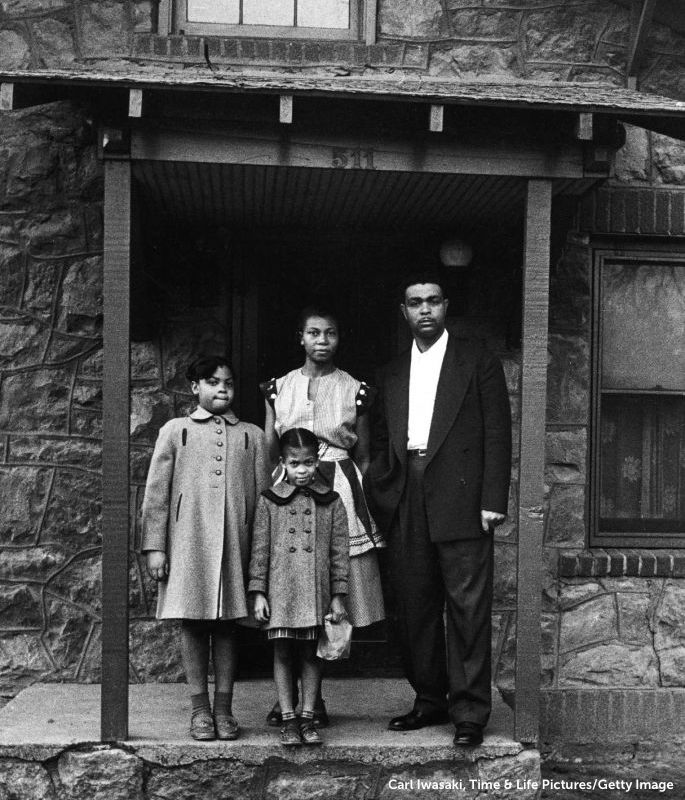Brown v. Board of Education
Episode #6 of the course “Trials that shaped the modern world”
The landmark case Brown v. the Board of Education of Topeka was a US Supreme Court case decided in 1952 that paved the way for important Civil Rights legislation during the next 20 years. This case was responsible for empowering people to act against unjust and racist treatment from their government’s institutions.
After the American Civil War ended, the Fourteenth Amendment to the US Constitution was ratified in 1868, providing “equal protection of the laws” to all citizens. In 1896, Plessy v. Ferguson established that as long as schools were held to equal standards, schoolchildren could be segregated into separate schools based on race.
In Topeka, Kansas, several African American families had to send their children great distances to segregated schools, even though there were nearby schools for white children. In the fall of 1951, a group of African American parents tried to enroll their children at white schools, were denied, and filed a class-action lawsuit, with Oliver Brown named as plaintiff. The National Association for the Advancement of Colored People (NAACP) volunteered to defend the case.

Linda Brown with parents Leola and Oliver and little sister Terry in front of their house

When the case was heard at the Supreme Court the following year, it was co-filed with four similar cases from other states. All nine Supreme Court Justices agreed that separate education for children based on race was inherently unequal, creating a condition that violated their protected Fourteenth Amendment rights. The Court declared that no educational board could mandate segregated school systems. Public schools in America were directed to immediately integrate.
The Brown v. Board of Education decision paved the way for a number of other steps toward social integration, ending an era of oppressive treatment and second-class citizenship for millions of Americans. It was the foundation for the Civil Rights Movement and legislation in the following two decades.
Recommended book
Share with friends

